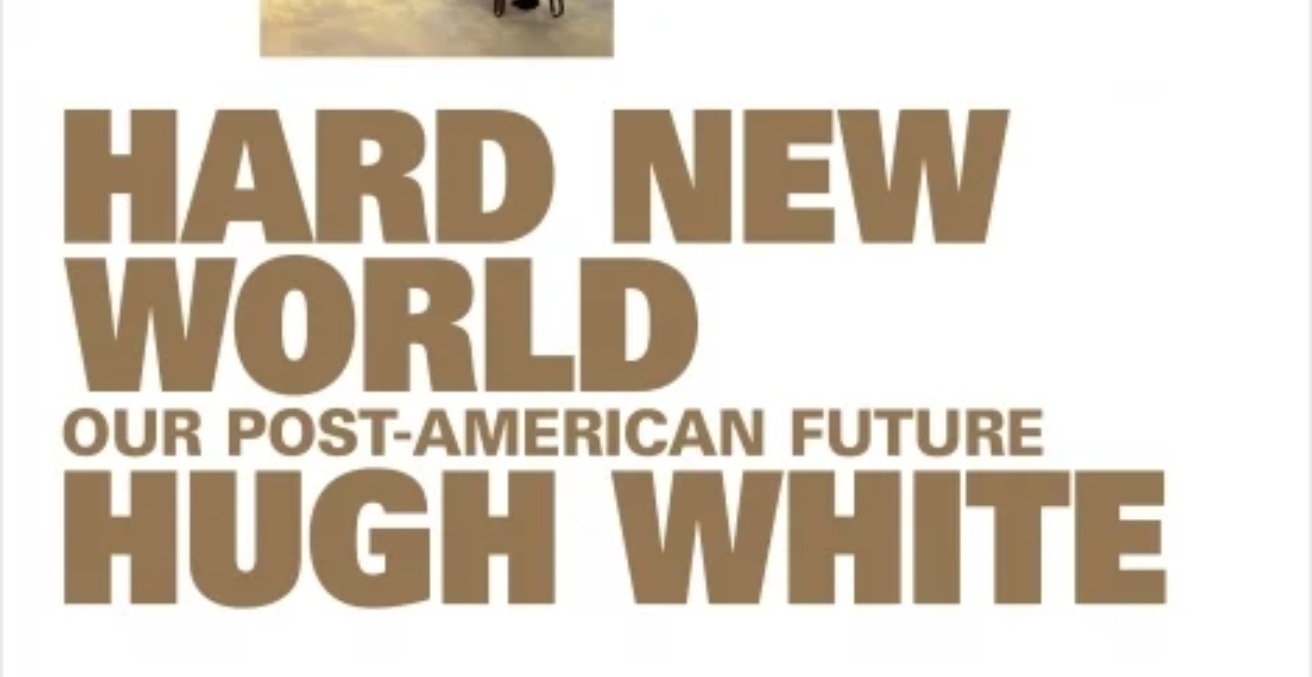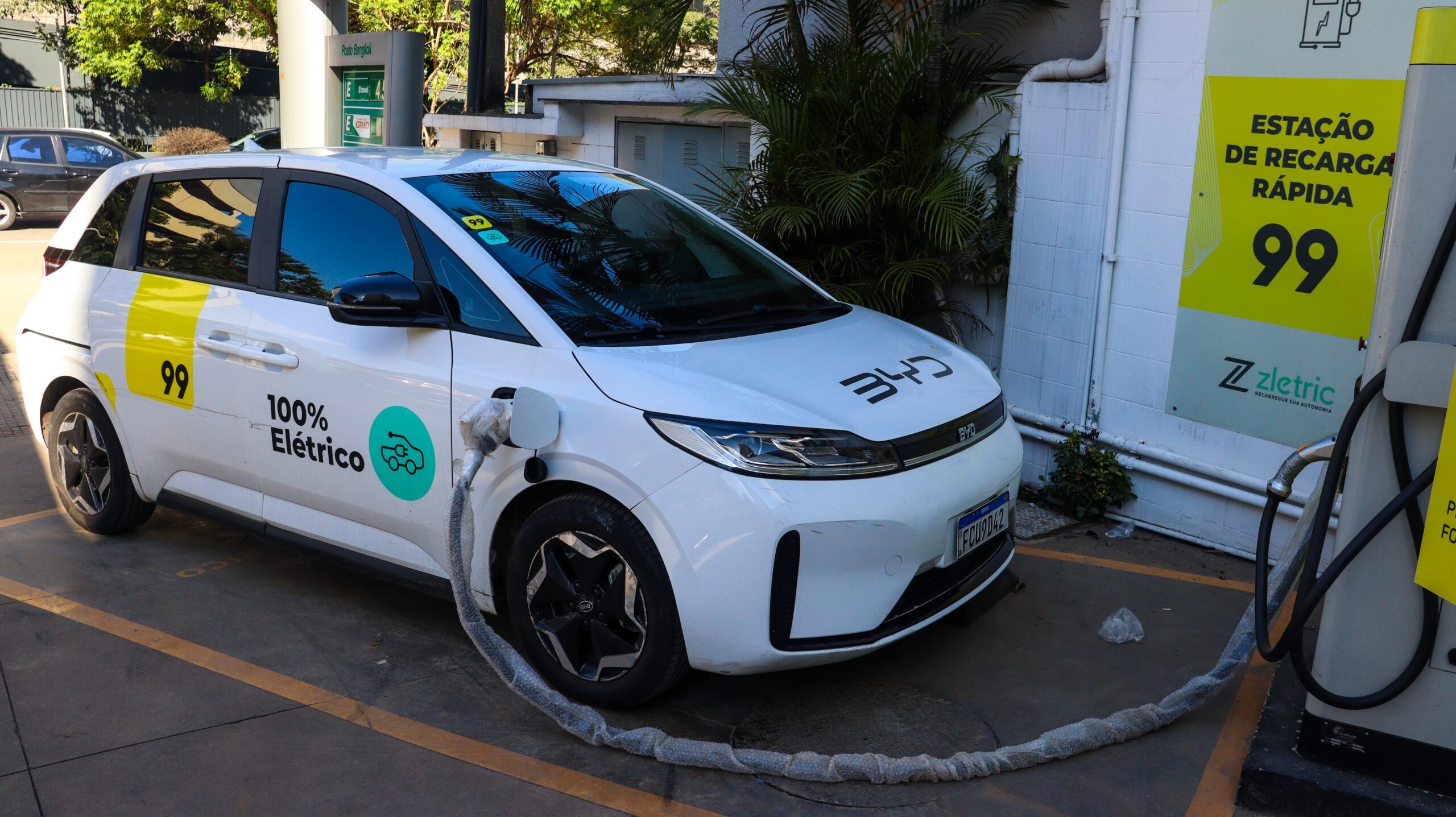Hugh White’s latest essay warns that Australia must urgently prepare for a post-American regional order shaped by great power rivalry and nuclear deterrence. Rooted in realist theory, the piece challenges long-held assumptions about US security guarantees and calls for a national conversation on Australia’s future in a hardening international system.
The sub-title of Hugh White’s new Hard New World Quarterly Essay says it all: Our Post-American Future. Just as Pax Britannica receded, so one day will Pax Americana. Timing is the only uncertainty.
Australia now needs to urgently consider America withdrawing from the region, just as US allies in Europe and Asia already are. The time is nigh, and confirmed for White by the second election of Donald Trump as president. A warning for the reader: White can be undiplomatic concerning President Trump’s personal qualities and his administration’s competency.
As is the author’s custom, the essay is well-written, erudite, intelligent, and deliberately provocative. White aims to encourage public debate about Australia’s future security in his perceived emerging “hard” international system. As this adjective implies, the essay fits within the realist canon and in particular John Mearsheimer’s offensive realism framework.
Offensive realism argues that the structure of the international system compels great powers to compete, making conflict inevitable and war likely. Great powers are always unsure about another great power’s intent and so must assume the worst case and prepare themselves accordingly. This explains the title of Mearsheimer’s classic work: “The Tragedy of Great Power Politics.” White’s essay is built around such an argument. America and China are systemically and tragically driven towards rivalry.
Mearsheimer considers war—or its threat—as the primary driver of change in the international system. The essay agrees and in particular stresses the place of nuclear weapons as decisive. America’s abandoning of its quasi-hegemonic role in the post-cold war era is driven by the US now having no vital international interests worth risking nuclear war to achieve. In the Cold War, the US took such risks solely to avoid Eurasia being dominated by a single hegemon, the Soviet Union, but the essay argues this is no longer a concern.
White sees as a pivotal moment the oft-mentioned 2022 instance of when US intelligence assessed there was a 50/50 chance Vladimir Putin might authorise a nuclear strike on Ukraine’s advancing army. In response, the Biden administration stepped back. Defending Ukraine—or the essay posits any foreign country—from invasion is now not a vital US interest.
The essay moreover reminds the reader that the Cold War’s threat of immediate global destruction never left. It is now being revitalised as Russia builds exotic new nuclear weapons and China expands its nuclear forces. The world is returning to the Dr Strangelove movie’s Cold War era of mutual assured destruction, where the resolve of great powers may be tested at any time by threats of annihilation. The future may mimic the past and the movie’s subtitle: “How I Learned to Stop Worrying and Love the Bomb.”
There are two particular aspects of the essay worth unpacking.
Firstly, the argument rests on the belief that Eurasia will not be dominated by a single hegemon, at least for the foreseeable future. Given this, the US can safely retire to the North American continent and leave Eurasia to Europe, Russia, China, and maybe India. None will allow the others to dominate or become allied with them; as Mearsheimer might say, the US can buck pass. Russia’s present reliance on China is seen as only temporary and past tensions will re-emerge.
As America leaves East Asia, a global multipolar order will emerge. White believes China and America will flourish if they accept this future. This conclusion seems mysterious given the stress placed on great powers always distrusting each other, and that maximising their power is likely to involve war and that nuclear threats are central. This dissonance reminds us that the essay’s realist perspective means discounting most forms of national power.
In contrast, Jennifer Lind’s recent article examines power more broadly and instead argues that China and the US have formed an enduring bi-polar system. No other nation comes close to these two in national power terms. Moreover, her historical analysis suggests, both are of a size which means that, regardless who is larger, there will be continual friction.
On the other hand, America leaving East Asia and Europe and further embracing protectionism and economic coercion could see the global trading system reorienting itself away from the US. This has already partly happened as China has risen in economic heft. While White does not envisage an isolationist America, it may become increasingly less relevant to most nations.
White’s imagined multi-polar world may not be the “sure thing” the essay suggests. A different international order may be inbound that could undermine the argument.
Secondly, White contends US extended nuclear deterrence (END) is over. Other nuclear powers will now be able to territorially expand—as Russia is today in Ukraine—and force America to accept this through threatening nuclear attack. This infers Taiwan is at great risk and, given nuclear weapons are determinant, that resistance is futile.
The implication is a return to the 19th Century’s spheres of influence. White’s four Eurasian great powers will be able to enforce their dictate upon other non-nuclear armed nations near them. Surprisingly, no mention is made of the likelihood of nuclear proliferation, which many others warn of, if END ends.
Indeed, in China’s new sphere of influence, White takes an almost Panglossian view. He foresees Japan will be able to easily “maintain a high degree of independence within the Chinese-led order,” that Indonesia may be able to do the same, and that “Vietnam, South Korea, perhaps Thailand and Singapore—will also be strong enough at least to deflect or modulate the way China uses its power.” This seems to be an overly optimistic outcome of an effectively unrestrained nuclear-armed China that he views as “ruthless, demanding and completely transactional.”
On the other hand, White has some sage advice for how Australia might begin to consider American retrenchment. He suggests beginning by clarifying what Australia actually fears about China. In this, White believes a Chinese military threat is today distant. Instead, Australia should take into account other aspects of the relationship, which are “ultimately inescapable.” The essay finishes with a heartfelt plea to Government to begin a “national conversation” about what is next for Australia in the post-American era.
White’s essay is thought provoking, albeit realism’s relentless logic creates some inherent contradictions. Some may mutter that realism may not be the best framework to use but White is trying to see the world as it is, not as others think it should be. Making it so in a post-American future is a task Australian grand strategists must now start.
This is a review of High White’s, Hard New World: Our Post-American Future; Quarterly Essay 98 (2 Jun 2025). ISBN: 9781760645007.
Dr Peter Layton is a Visiting Fellow at the Griffith Asia Institute, an Associate Fellow RUSI (UK) and a Fellow of the Australian Security Leaders Climate Group. A retired RAAF Group Captain, Peter has extensive experience in force structure development and taught national security strategy at the US National Defense University. He has written extensively on defence and security matters, and was awarded the US Exceptional Public Service medal for force structure planning work. In 2006, he won the RUSI Trench Gascoigne Essay Prize for original writing on contemporary issues of defence and international security. He is the author of the book Grand Strategy.
This article is published under a Creative Commons License and may be republished with attribution.





